The quick take
The latest flagship smartphone from Huawei, the P9, has a lot of things going for it in tandem to offer a great Android smartphone experience, along with arguably the best mobile photography credibility a smartphone has offered yet.
The Good
- Brilliant camera
- Excellent fingerprint sensor
- Good display
- Elegant design and build quality
The Bad
- Not cheap
- EMUI is overwhelming
- Occasional lags
- Single SIM only

Huawei P9 Full Review
Huawei does a lot of things right. It’s made some great hardware for the past couple of years, like the Nexus 6P and the P8. Then there’s the Honor sub-brand that has offered some very capable and nice-looking smartphones for customers on a budget. It took the Nexus 6P, obviously aided by the Google branding, to make a lot of people aware about the company’s research, engineering, and design capabilities.
The Huawei P9 with Dual Leica Lens is an engineering marvel on paper, and has much improved EMUI software – the biggest showstopper for Huawei phones till date. Let’s see how the P9 fares against the flagship smartphones and the value-for-money flagship killers — because it sits right on the fence between the two.
About this review
I used the Indian retail variant of the Huawei P9 (EVA-L09) that ran EMUI 4.1 running on top of Android Marshmallow 6.0 out of the box. For most of the time, I used it with an Airtel 4G SIM in Delhi NCR. There is another higher spec’d variant with 4GB RAM and 64GB of internal storage that is on sale in some markets. This 32GB variant had about 25 gigs of storage available out of the box.

Huawei P9 Design
The Huawei P9 has an industrial design that is consistent with the company’s design ethos, yet the metallic unibody construction gives it an elegant look. It’s solidly built and the craftsmanship with the chamfered edges and the nicely milled aluminum is impressive.
Because of the smaller screen size, the overall footprint is compact and it is a delight to use with one hand – something which is a thing of the past when it comes to the current trend in flagship smartphones. At 144 grams, it is light and easy to handle, and yet doesn’t feel flimsy because the weight is evenly spread across the surface area of the device. With less than 7mm of thickness and curved edges, it feels great to grip the P9 in your hand and you’d not want to reach for your pocket or bag to put it away all the time.

The back sports the camera unit which, despite the advanced optics, does not have a bump like the Nexus 6P had. Of course, there’s the Leica branding next to it which is something definitely worth flashing.
There’s no doubt the P8 and P9 are part of the same lineage, which isn’t a bad thing. The Huawei P8 was a well-designed smartphone, and the P9 is a nice evolution of the same. There’s nothing flashy about the Huawei P9 and yet it is one of the best designed smartphones on the market – not just in looks but in ease of use as well.
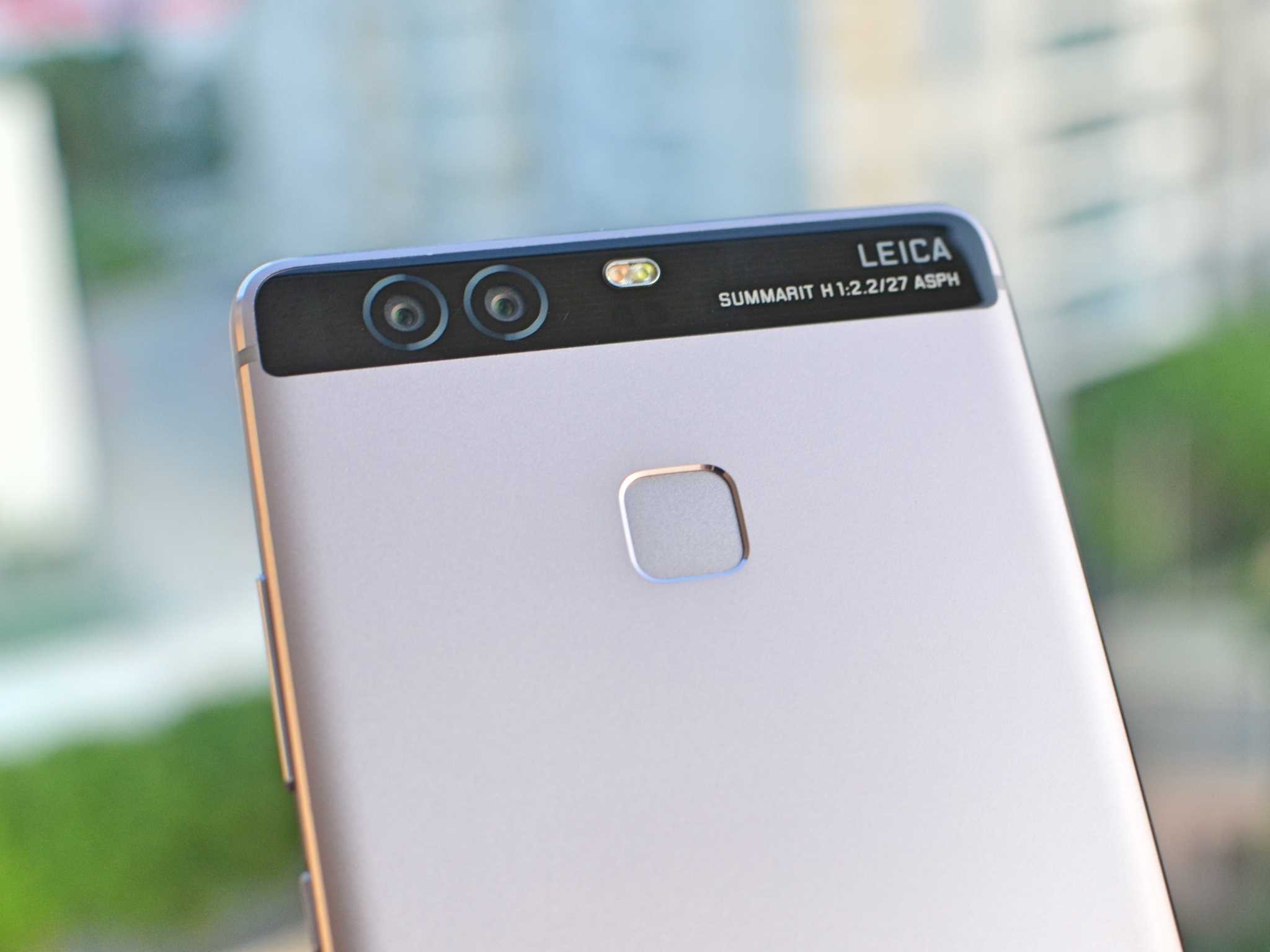
Huawei P9 Hardware
| Operating system | Android Marshmallow 6.0 with EMUI 4.1 |
| Display | 5.2 Inch Full HD (1080 x 1920) IPS LCD | 423ppi |
| Processor | 2.5GHz Huawei Kirin 955 Quad-core |
| RAM | 3 GB |
| Internal Storage | 32 GB; expandable up to 128GB via a microSD card |
| Battery | 3000mAh |
| Rear Camera | Dual 12MP (color & monochrome) | ƒ/2.2 lens | Co-engineered with Leica |
| Front Camera | 8MP |
| Dimensions | 145 x 70.9 x 6.95 mm |
| Weight | 144 grams |
Powered by Huawei’s home-brewed octa-core Kirin 955 chipset with four Cortex-A72 cores clocked at 2.5GHz and four Cortex-A53 cores clocked at 1.8GHz, the P9 packs in 3GB of RAM and 32GB of internal storage.
The Kirin 955 packs in enough muscle for being a daily driver without breaking a sweat, and it’s a shame that many question Huawei’s decision to opt for its own chipset instead of going with a Qualcomm one without taking it for a spin in the real world. From multi-tabbed browsing to Full HD video playback to playing graphic-intensive games, the P9 handles everything thrown at it smoothly. It does tend to get a little hot when playing games for an extended period.
It’s not all hunky-dory though. While there’s a lot of memory management optimizations under the hood, I did run into occasional lags with the P9. It’s not a showstopper, but one wonders if packing in 3GB of RAM (or having a lower spec’d variant for India) was a wrong decision by Huawei. Overall though, the Kirin 955 does well to offer a fluid Android experience with a lot of tweaks for the camera experience.
The fingerprint sensor on the P9 is one of the fastest in the business and supports 360-degree recognition. You can also configure the fingerprint sensor for additional functionality like answering calls or taking phones et al. Also, the EMUI offers several gestures in conjunction with the fingerprint sensor for extended functionality — like swiping down on the sensor to bring down the notifications shade or double-tapping it to clear the notifications. One of the more useful gestures is the ability to swipe left or right on the sensor to browse photos without your finger blocking the view over the display.
Interestingly, the Huawei P9 has a single nanoSIM card slot that supports 4G LTE instead of the common hybrid Dual SIM slot – surprising considering the trend in the Indian market. So if you use two SIMs on an everyday basis or on your frequent travels, the P9 is a no go for you.

Huawei P9 Display
The Huawei P9 features a 5.2-inch Full HD IPS LCD. Unless you’re a fan of the 6-inch-and-around display sizes, the display on the P9 is just about perfect for most people. Huawei steers clear of the temptation for boundary-pushing 4K or even a Quad HD display, and the 1080p screen makes absolute sense on a 5.2-inch display. Anything higher would only drain the battery faster.
In any case, the display on P9 is extremely good and with a pixel density of around 423ppi, the P9’s panel makes images look incredible and the text crisp. The 2.5D curved glass looks beautiful and accentuates the display. The viewing angles are great and the color reproduction is pretty accurate. You can also adjust the color temperature of the display from the settings to make it warmer or cooler as you’d prefer.
The sunlight legibility is just good enough, though slightly marred by the reflective glass. Overall, the display is sharp, and watching a movie or viewing your photos is a treat.
Huawei P9 Software
Emotion UI, or EMUI, is Huawei’s custom UI layer running on top of Android 6.0 Marshmallow. Far from just a skin, it adds a ton of features to the operating system including a variety of gesture controls. The number of features can actually be intimidating, so you may need to spend a couple of weeks moving things around to make everything work for you.

Like most of the proprietary UIs from Chinese brands, the EMUI lacks an app drawer. There’s a one-hand UI with shifting keyboard (not sure why you’d need it on a compact smartphone like the P9 though) as well as a simple UI mode for basic users and for those who are visually impaired. There’s the ‘Phone Manager’ app that gives easy access to, well, phone management options like system optimizations, memory clean-up, traffic manager, battery manager, as well as a harassment filter for blocking unwanted calls and messages.

The EMUI 4.1 is thankfully a good progression and takes care of some annoyances of the past. It’s a very usable user interface with a host of customization options. Once you get a hang of it, it becomes clear that EMUI 4.1 is the best version of the EMUI yet, and as powerful as any other launcher. Of course, if you don’t like what Huawei has done with the EMUI, you can switch to your favorite launcher just fine.
Huawei P9 Battery life
The Huawei P9 includes a respectable 3,000mAh non-removable battery, and big props to Huawei for packing a battery of that size into the slim form-factor of the P9. With average usage, the P9 easily lasts a day. The lack of Quad HD or 4K panel is a definite factor here, as well as the power-efficient optimizations of the Kirin 955 processor. You can squeeze out even more juice with the useful ‘ROG power saving’ mode which reduces the phone’s resolution to 720p — further knocking down the battery consumption.

Overall, the battery life on the P9 is pretty good — not stellar — and since it supports fast charging, you can charge it up to two-thirds in less than 30 minutes. Trouble is, the supplied charger is the normal 5V/2A charger and takes over two hours to charge the phone from empty to 100%.

Huawei P9 Camera
Of course, the highlight of the Huawei P9 is the camera — co-engineered with Leica, the legendary optics enterprise from Germany. It’s obviously less of a hardware partnership and more of a branding collaboration, similar to the Dolby Atmos or Beats tie-ups we’ve seen in the past for audio component.
Yet, imaging is a critical aspect of a smartphone experience today, and the collaboration with Leica and the execution is impressive, and so let me just say it outright. The photos clicked with the Huawei P9 are some of the best photos clicked with smartphones – the flagships included. Shots from the 12-megapixel rear camera offer a lot of details with impressive color reproduction.
The rear camera on the P9 packs in two sensors – RGB and Monochrome – with 27mm focal length and an f2.2 aperture, assisted laser AF as well as a dual-tone LED flash. The smartphones that boasted dual camera sensors in the past typically used them for 3D effect or for sensing depth of field, and hence never made a big impression. For Huawei, the dual camera sensors allow you to snap outstanding pictures using the two sensors, which work in unison with the RGB sensor capturing the colors and the monochrome sensor capturing the details. Despite sporting a smaller sensor as compared to the Samsung Galaxy S7 for example, the P9 has terrific low-light performance because of that monochrome sensor.
The P9 also includes a dedicated depth sensor which allows users to mimic depth of field just like shooting with DSLRs. Several other phone cameras with similar attempts end up clicking pictures that look unnatural. But the P9 excels here, allowing for bokeh effects that are pleasant to look at and look real.
Just as the marketing pitch of Huawei proposes, snapping monochrome photos on the P9 is an indulgence in itself. The monochrome mode captures photos with the monochrome sensor – unlike other smartphones where the photos are taken with an RGB sensor and then desaturated to look like a black-and-white photo. Nah, not the same thing! The monochrome photos with the P9 are brighter with more details. If you’re like me and love monochrome or B&W photos, you’ll end up shooting random things using the monochrome mode on the P9 all day for the sheer delight of the results.
On the front, there’s an 8-megapixel camera with a f/2.4 aperture. It does well for those selfies outdoors, and even in low light although they are a tad darker in the latter case. There’s also the functional beauty mode if vanity is your thing.

The brilliant results the P9 camera manages to offer are not just due to the optics hardware, but also the under-the-hood processing as well as the stock camera app. The latter may be intimidating as there is a lot going on here. There are almost too many options and features baked in, including 14 modes for clicking pictures and the option to shoot in RAW or the manual mode to granularly adjust ISO value, exposure, shutter speed, and focus.
At the end of the day, this is still a smartphone camera. It will not replace your DSLR (no smartphone can make such a claim at the moment) like some hyperbole headlines would suggest, but it’s a darn nice camera with tons of options to get the photos you want for those likes and shares.
The video recording tops out at 1080p and 60fps and the P9, despite all its camera credentials, doesn’t shoot in 4K. Frankly, like most people, I don’t care about 4K, but it’s a dent on the specifications sheet. Even on other flagships that support 4K recording, I record only 1080p to save storage space. You still get manual controls, and an option of standard, smooth, and vivid colors for video – but not the star monochrome option here. There’s no optical image stabilization as well. So, yeah, you can shoot decent videos on the P9 but nothing fantastic or extraordinary like the stills it manages to capture.
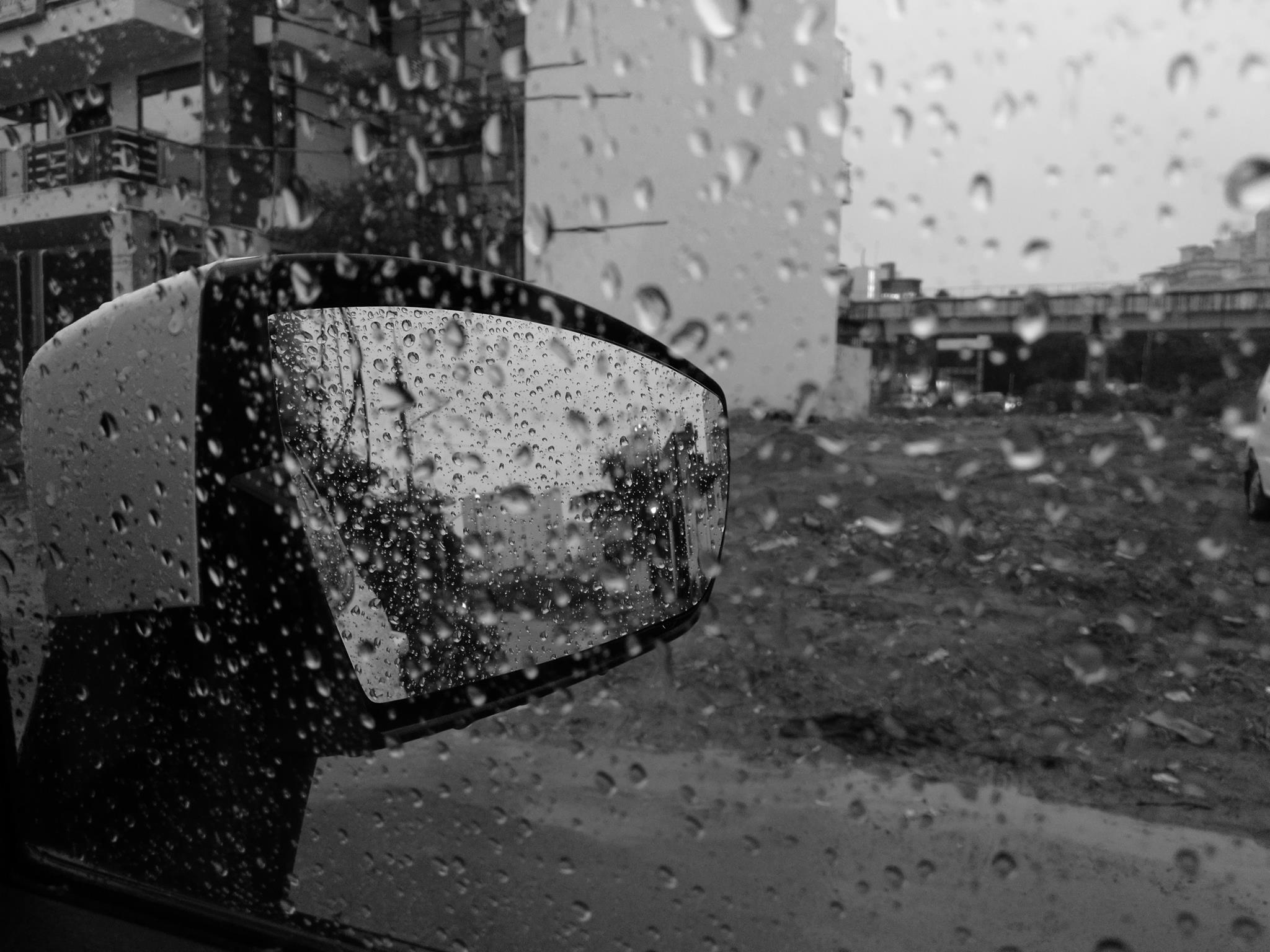
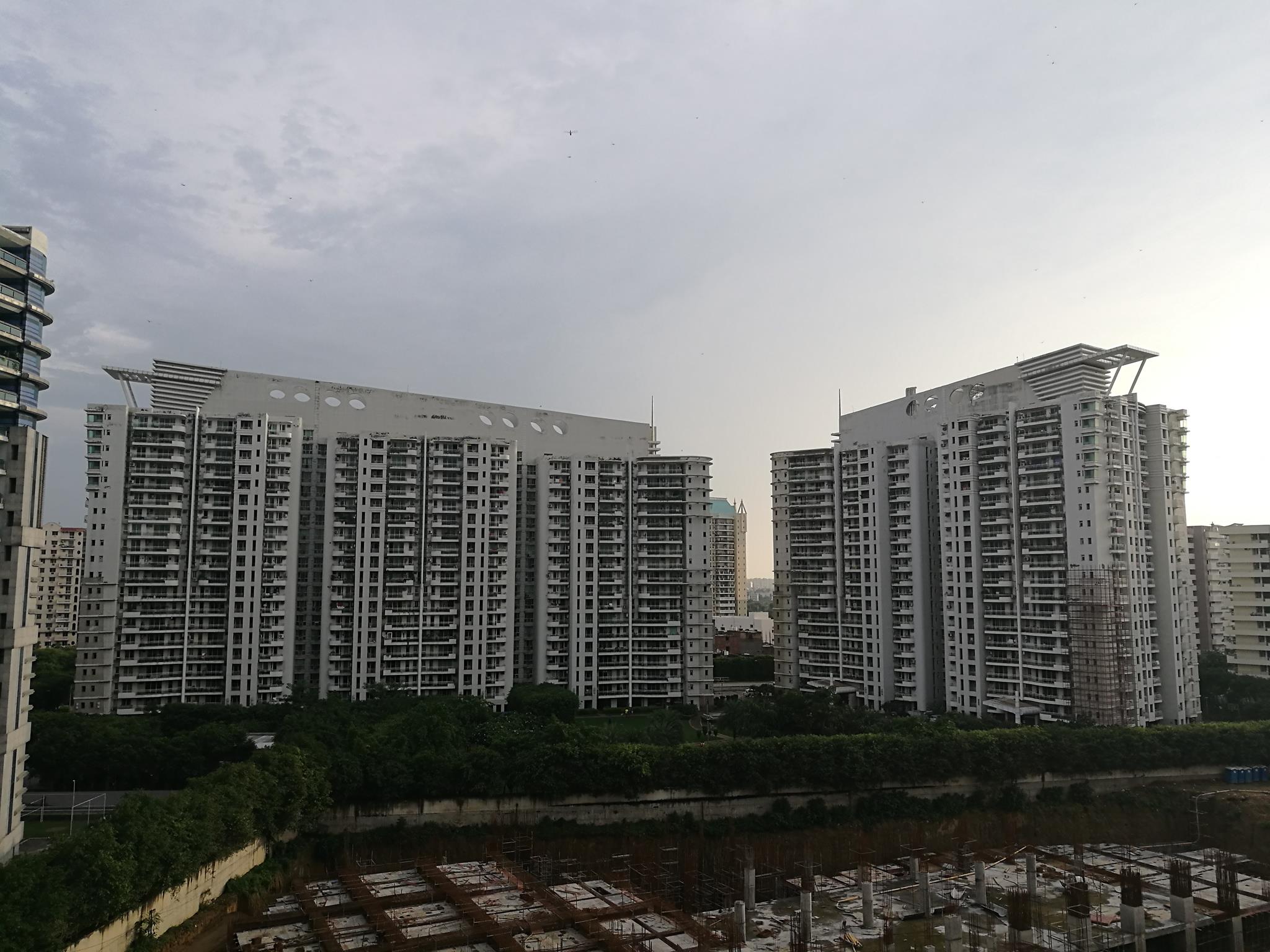
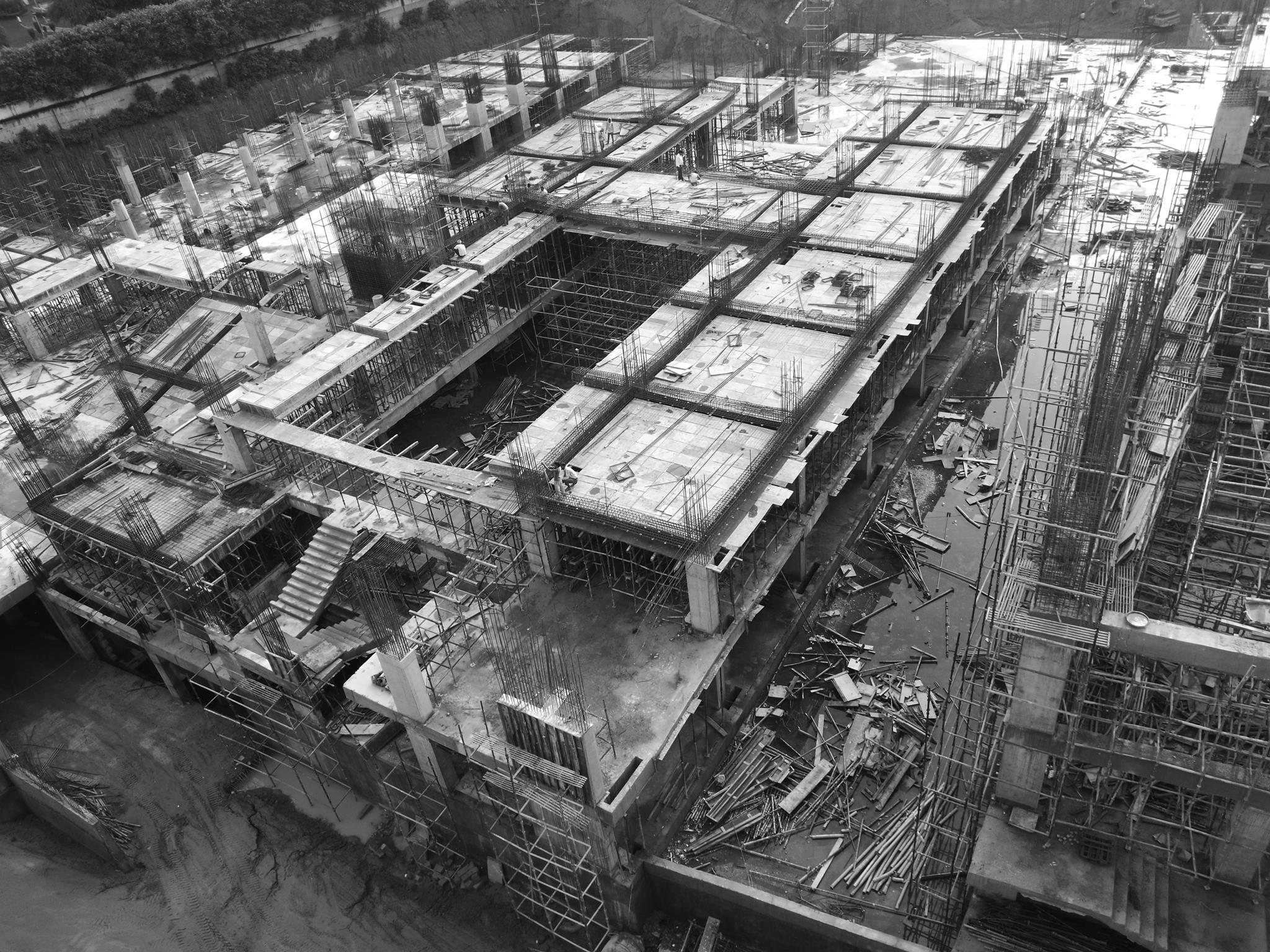
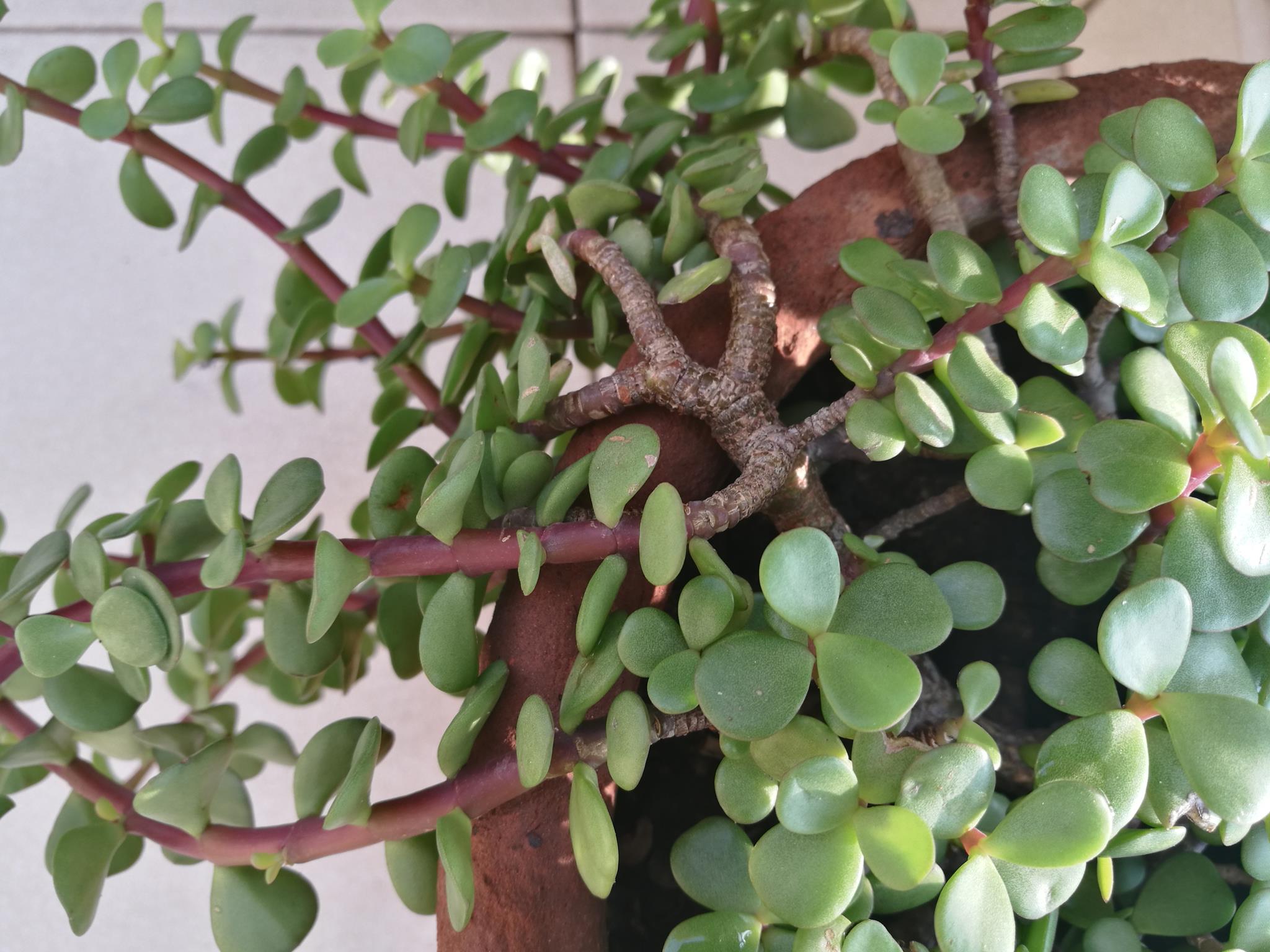

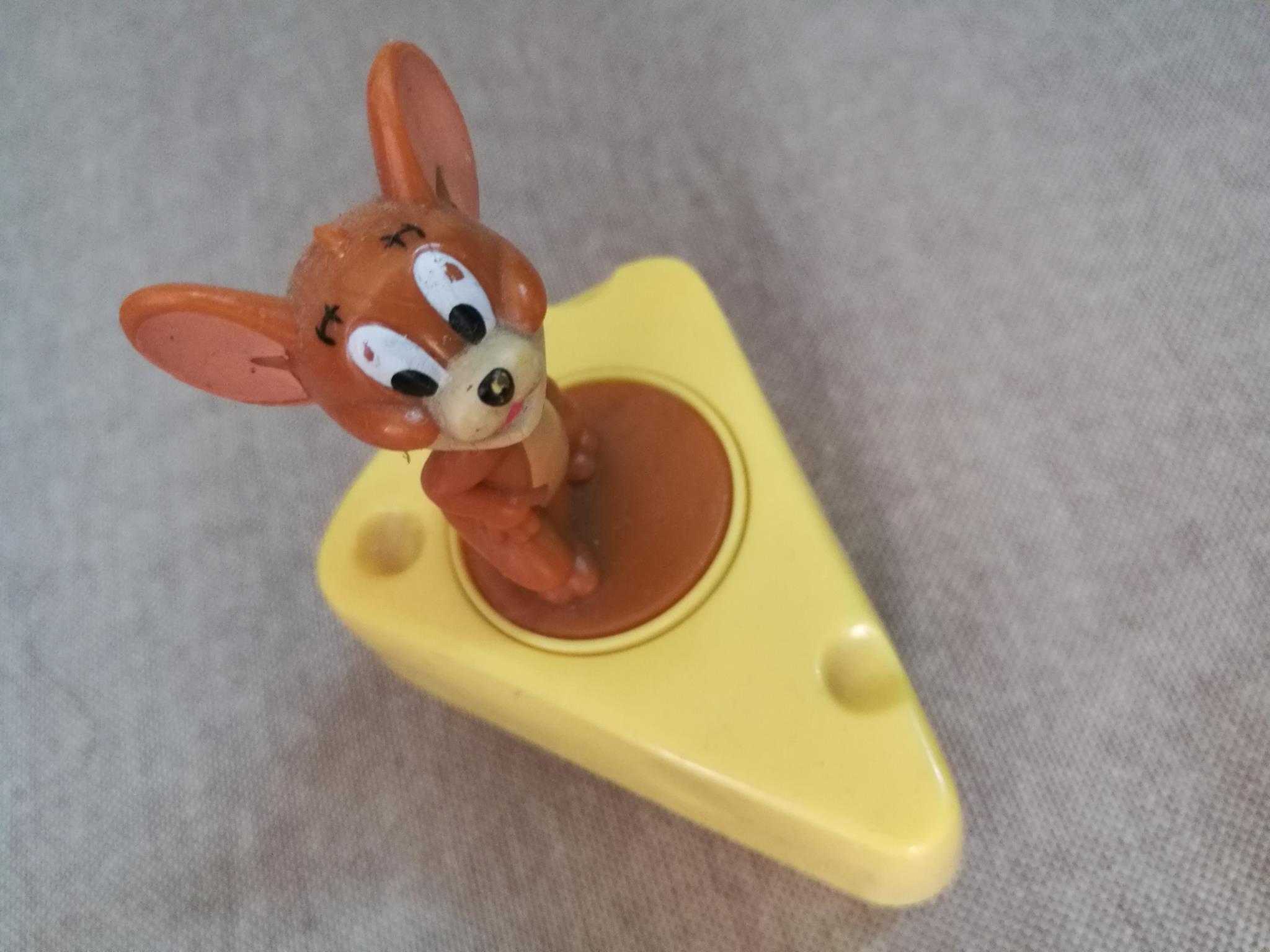
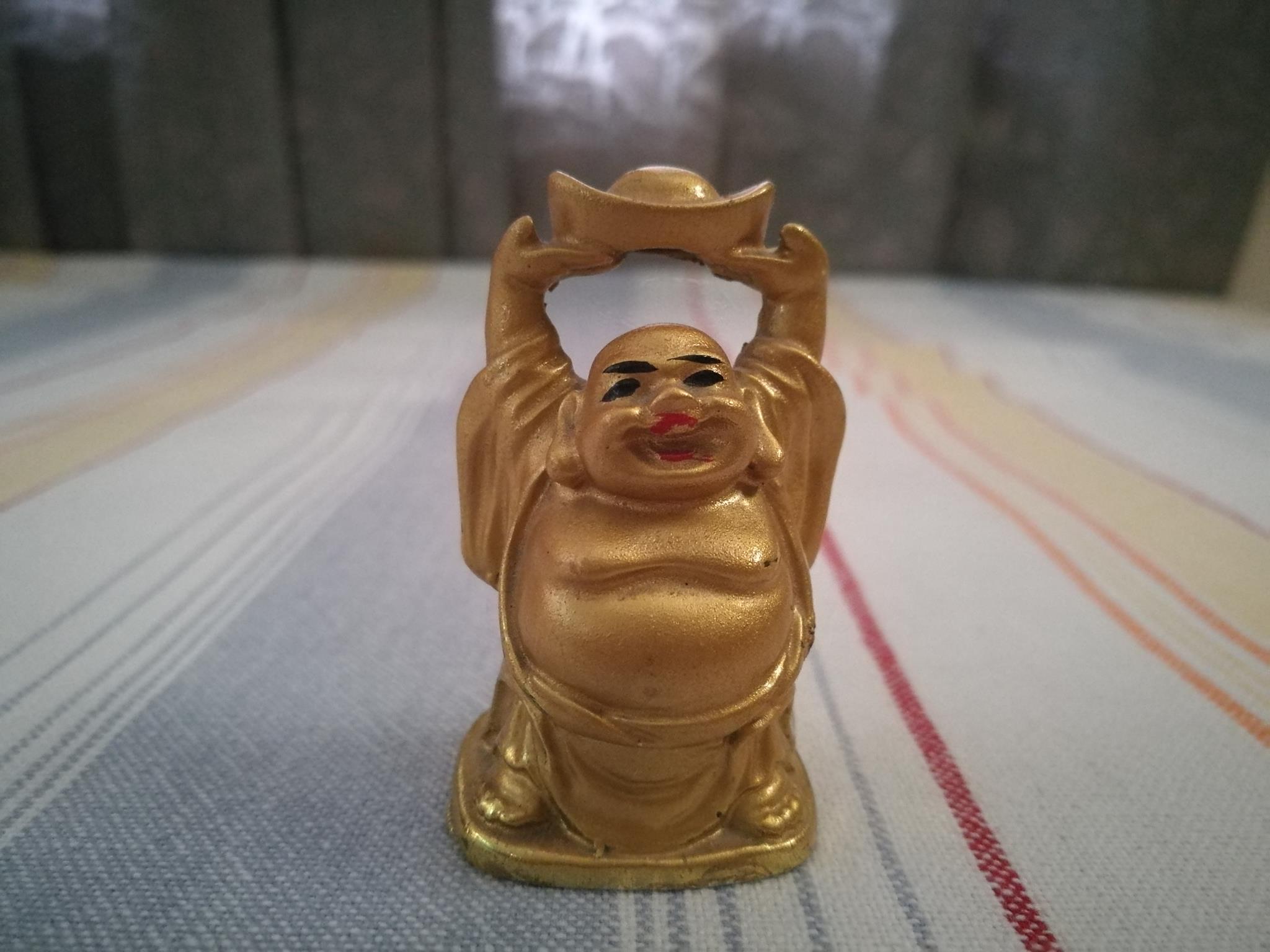

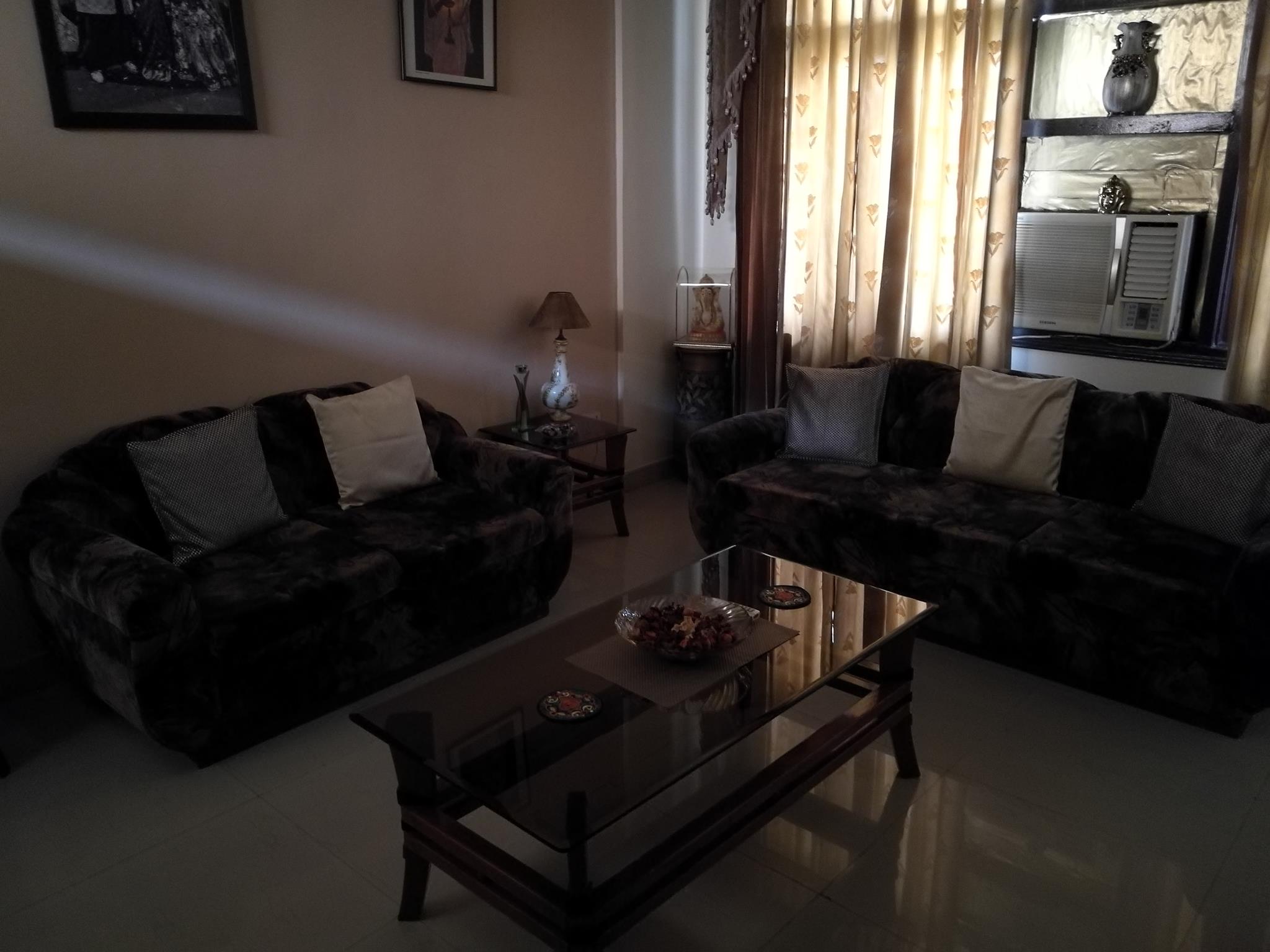
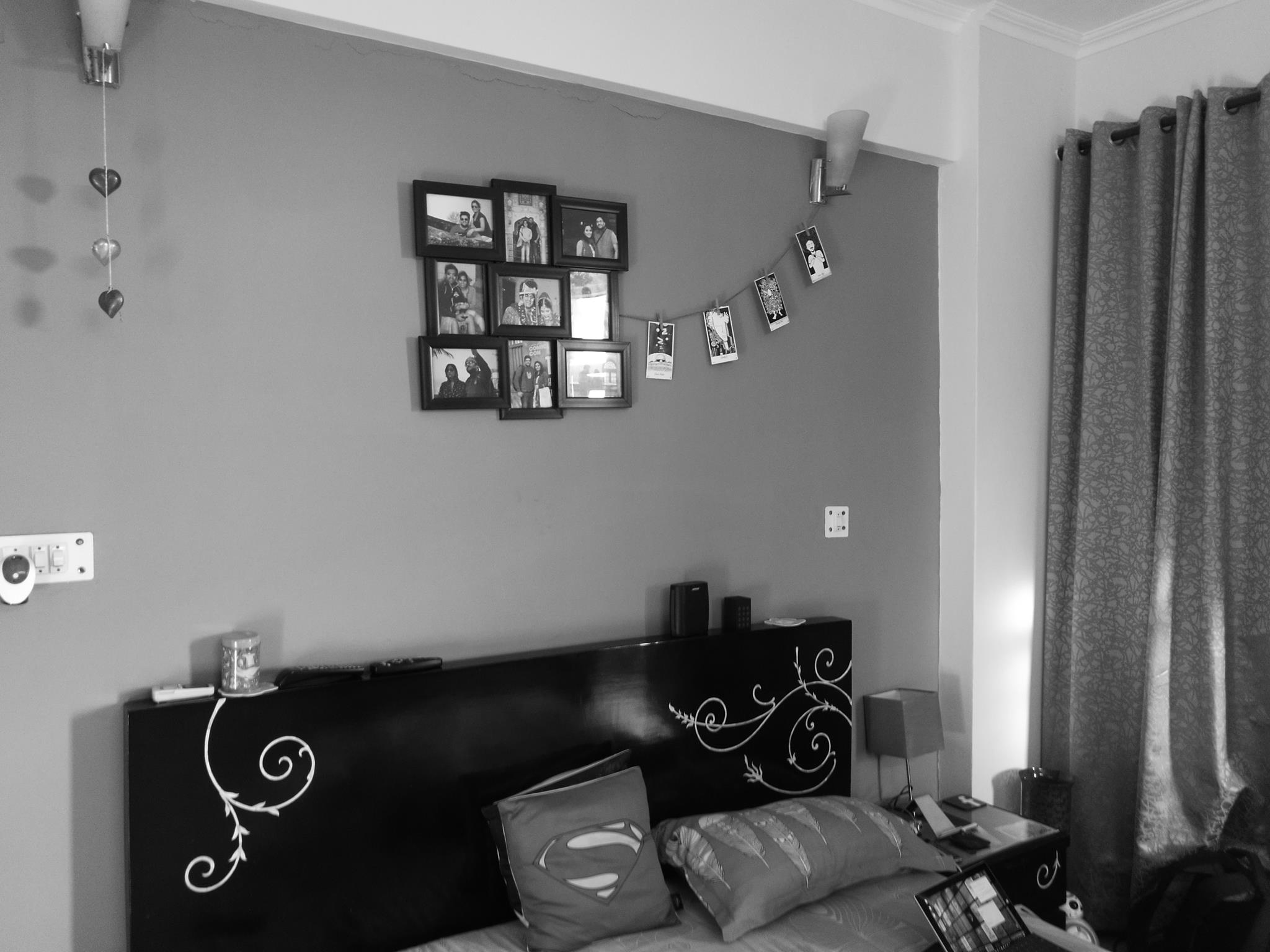

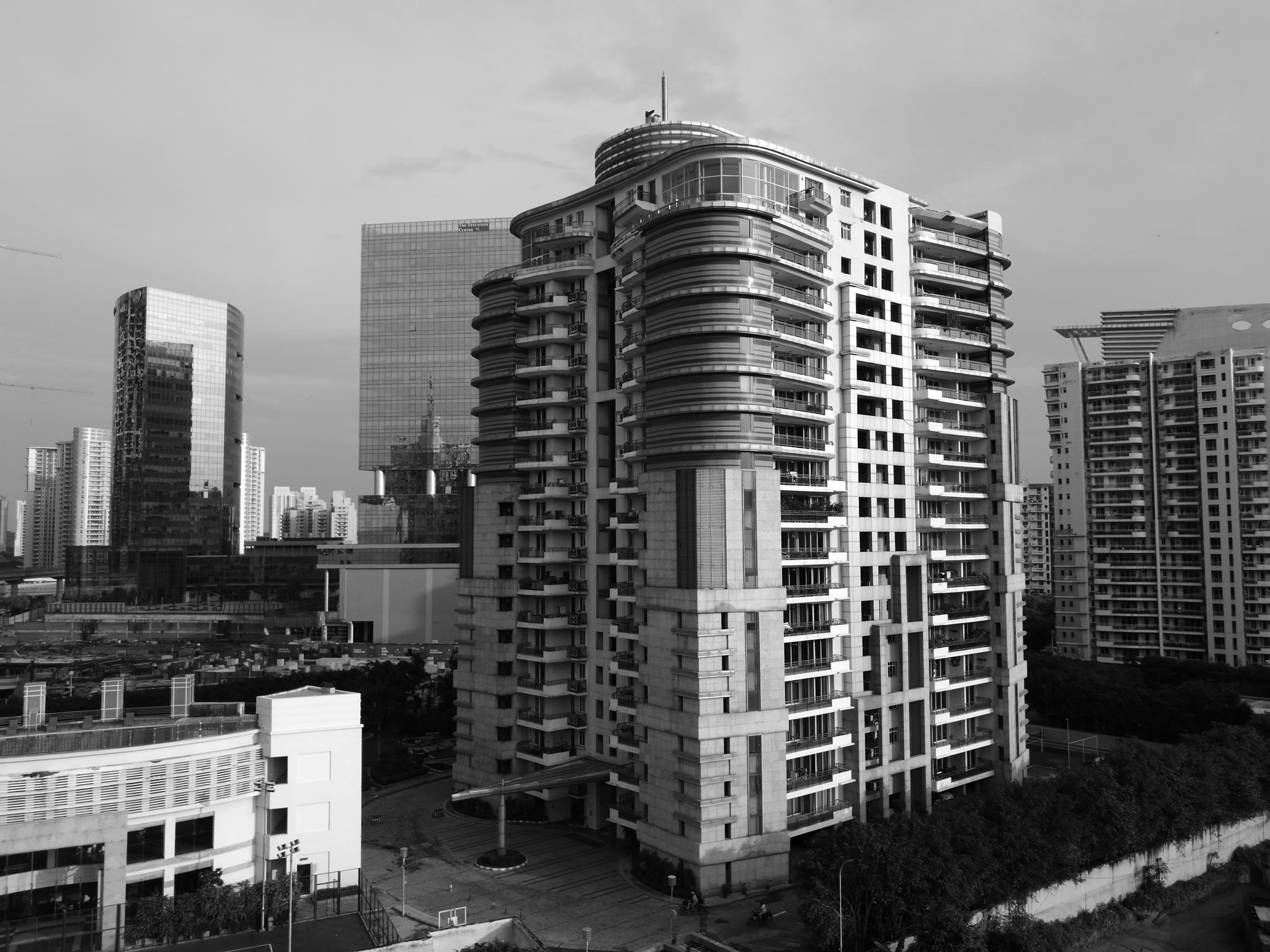
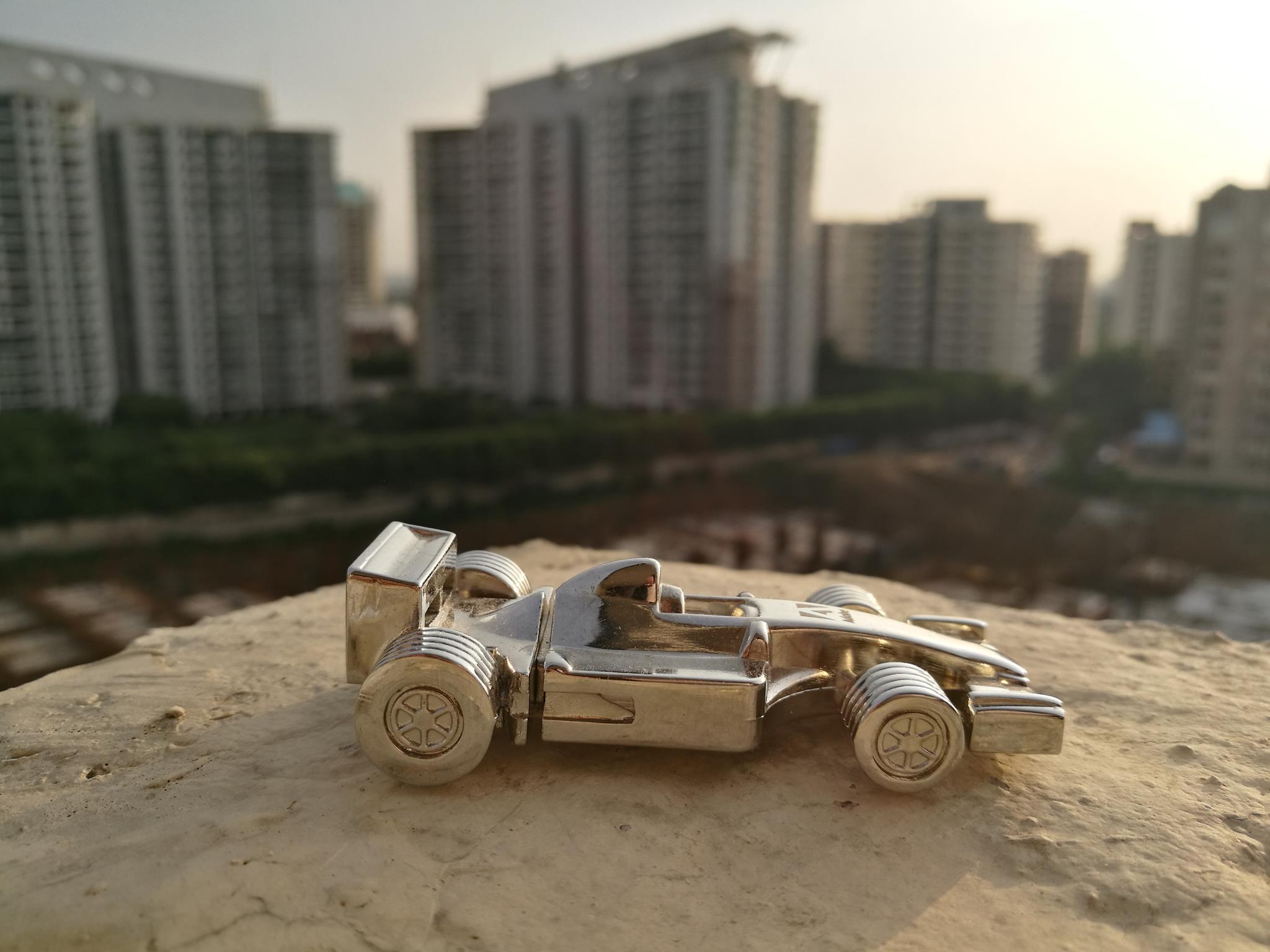
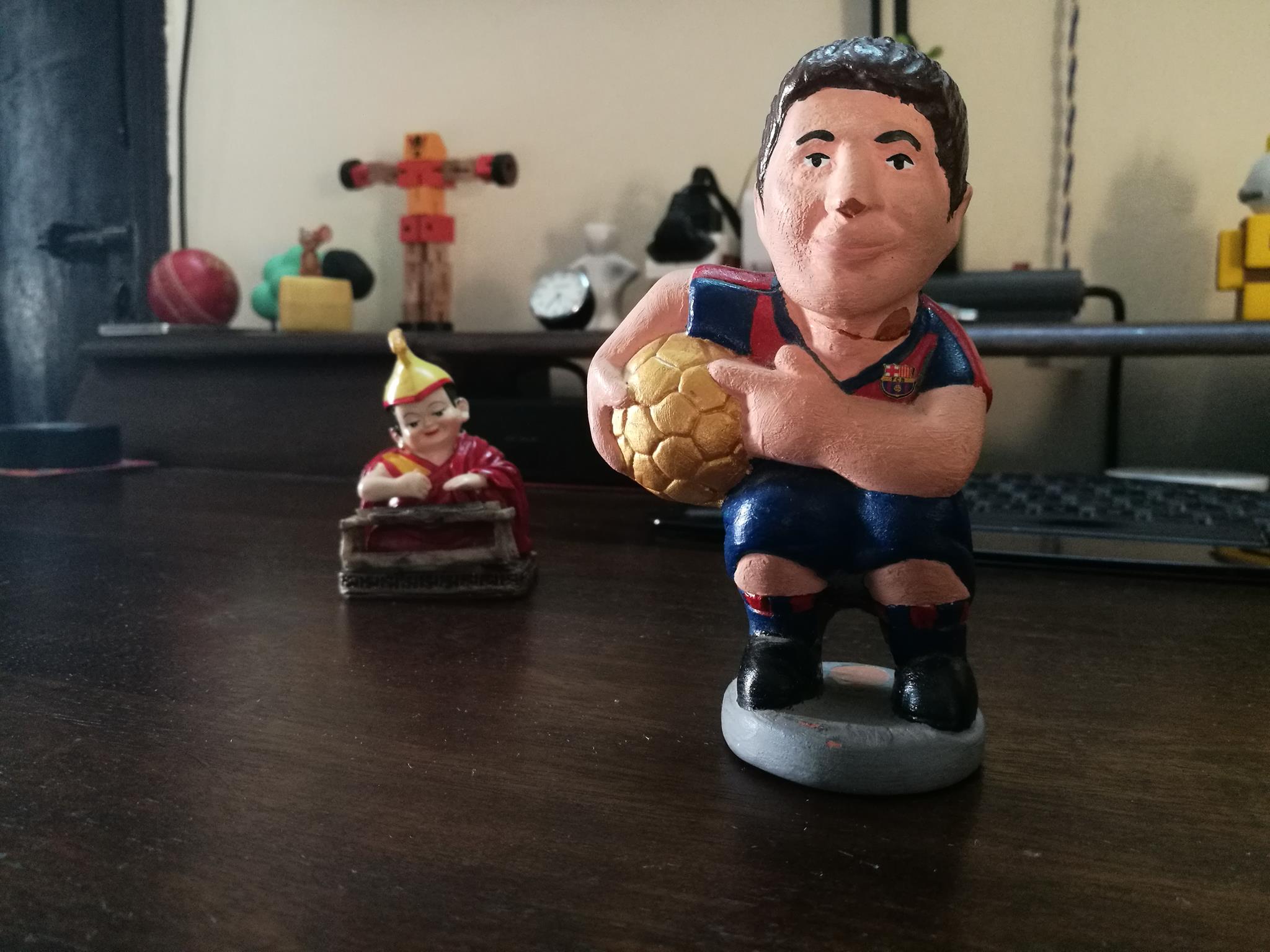
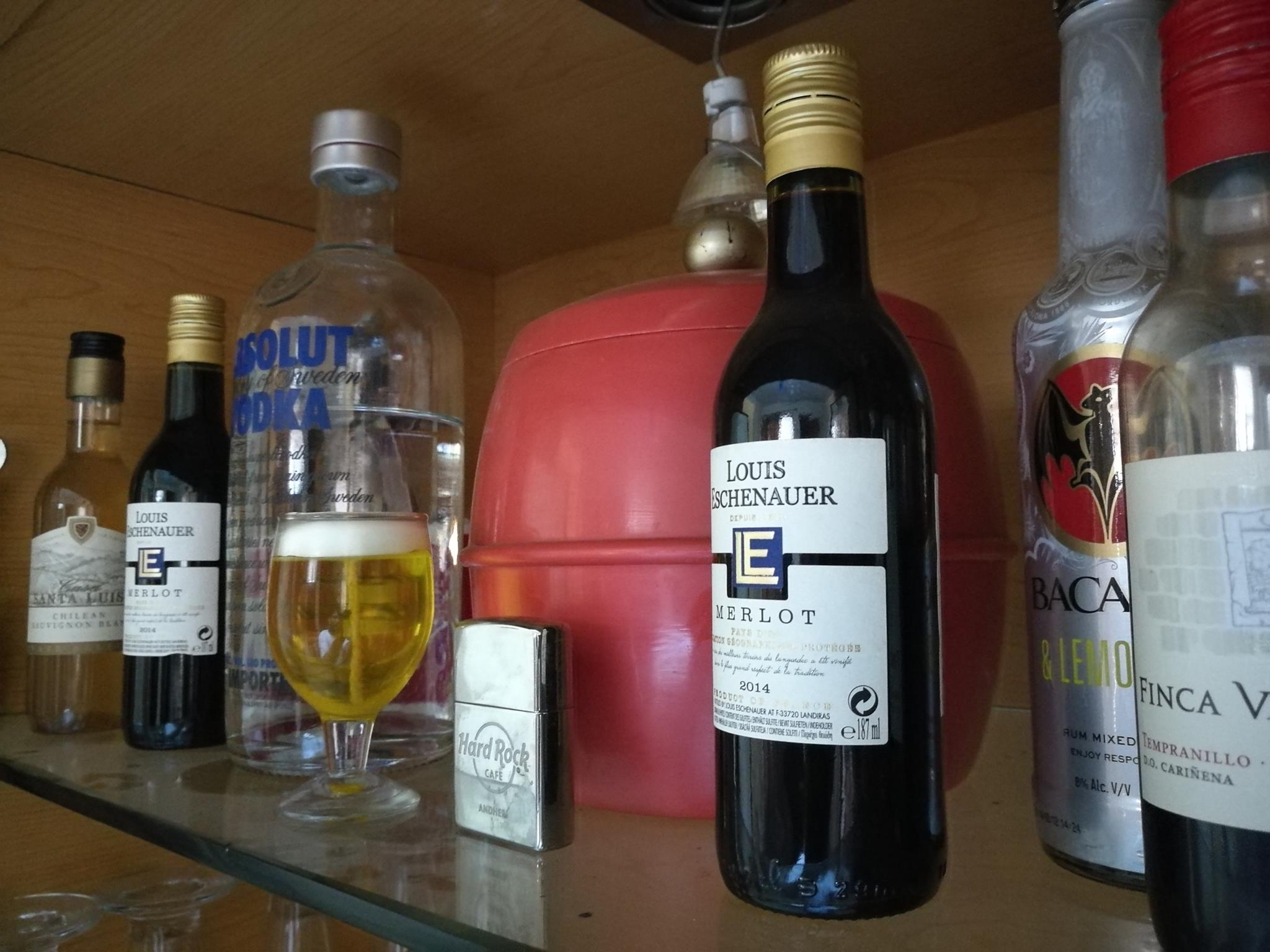
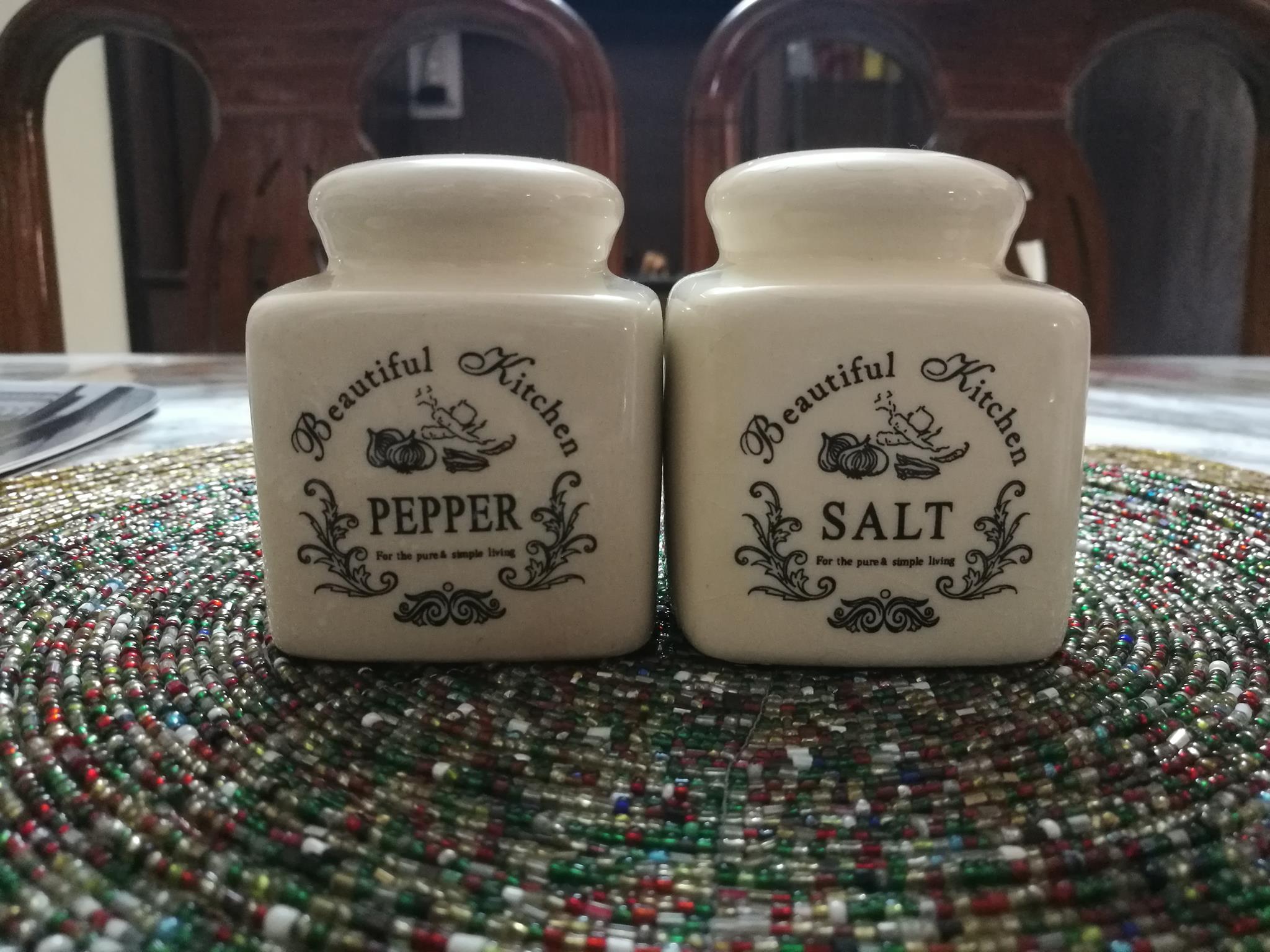

Huawei P9 Bottom line
After the Nexus 6P, which probably isn’t a Huawei phone in absolute terms, the Huawei P9 is the best smartphone from the Chinese brand. As Phil NIckinson says, the P9 is the “best mainstream phone Huawei has made.” It’s one of those smartphones that can’t be judged on mere specifications and impresses you when you hold it in your hand and start using it.
The EMUI is in its best avatar on the P9, and although a little overpowering, it offers what the best in business offer feature-by-feature. It’s got powerful internals with a well-executed dual-camera setup encased in a beautiful chassis with understated elegance. There are misses, too. Like the underwhelming RAM — in number or in memory performance. With all the camera hype, expert videographers and photographers — not me — would point at the lack of 4K recording and the just about average f2.2. aperture. And there’s no dual SIM variant, mind you.

Should you buy it? Yes
The Huawei P9 is a top-notch smartphone, but alas, it’s not a ‘value for money’ device like the Xiaomi Mi5 or OnePlus 3. At ₹39,999, the P9 is expensive but also a really impressive smartphone, and Huawei is within its rights to charge the premium for it.
Go ahead and buy it if you love mobile photography (who doesn’t?) or like a stylish-looking slab that fits snuggly in your hand.
See at Flipkart